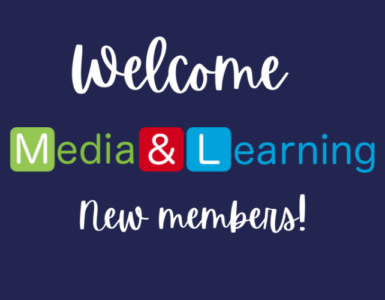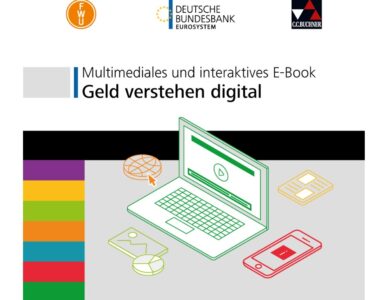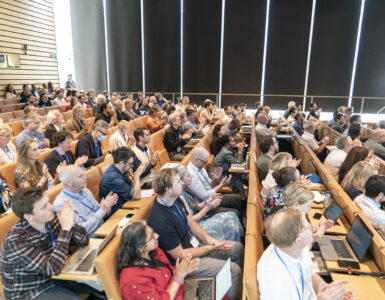It was a simple tweet from an anonymous account, sharing an article from 2013 published by the French newspaper Libération: “Horse meat lasagnas: a European-wide fraud”. On this day in May 2018, in front of a fifth grade classroom, the exercise seemed pretty easy. The much talked about “horse meat lasagnas”, which some shady actors in the food-processing industry had sold as beef, had been revealed five years before (well, an eternity, when you’re 8 years old). “Can you describe to us what you see?”, was the simple question we asked them. “I think it’s not a true story”, said one boy. “I think it’s fake, they wouldn’t have put it on Twitter otherwise”, added another. Without even thinking, their approach to this headline was: news or fake news. When reading the article, their only concern was to decide if the picture of a box of lasagnas from the Findus brand had been tampered with. No one at that time reflected on the source of the information (until we helped them a little).
The fake news issue has become so prevalent that it may threaten democracy. To protect ourselves, media literacy appears to be a good shield. But we have noticed that educational work based only on this theme can encourage a biased reaction to media and information. Like in a maths’ exercise, students can adopt a very binary black and white approach to news: it is either true or false, with no space for nuance or complexity. Yet nuance is central to the work of fact-checkers, whose articles are often peppered with “rather true “or “rather false”, especially when lots of “fake news” are actually based on real facts.
That’s why we strongly believe that in order to create a reliable media literate and critical mind-set, it’s essential to begin with the other side: the information that is factual, verified, and interesting for its audience. For students, a good approach is to try it out themselves, to become a reporter for a day, with the specific purpose of doing the best job they can, to create the best information they’re capable of. That’s the philosophy of Classe investigation, the “serious” game we created, along with journalists and teachers.
This role-playing game puts students in the shoes of journalists. Over a period of two hours, in pairs, they are provided with a fictional, newsworthy situation: big cats have disappeared from their cage at the zoo. They listen to testimonies (at least two different sources share the same information) and have then to make a summary of what they have learned, recorded as if it was broadcast ‘live’. By asking them to begin with the most important info, we make them think about the news hierarchy that comes from journalistic choices; by slipping in incomplete information (a shot was heard but we don’t know if it has something to do with our story…), we test their ability not to assume unverified facts.
The most important moment of the game is the post-broadcast debate. Why did one student choose to start his report with this piece of information, and another with that one? Why did only half the class talk about this mysterious shot? That way, the students learn how the news is made, and the issues that journalists face. By trying to report truthfully the facts in a limited amount of time, they discover the constraints and obligations that come with being a journalist, and develop a more positive vision of the news. Once those ideas become familiar, and armed with this experience, they are ready to confront fake news and fact-checking, to debunk what’s false but also to gain knowledge from what’s true.

Author
Sophie Gindensperger, Sébastien Rochat et François Rose, du Pôle studio du CLEMI, France














